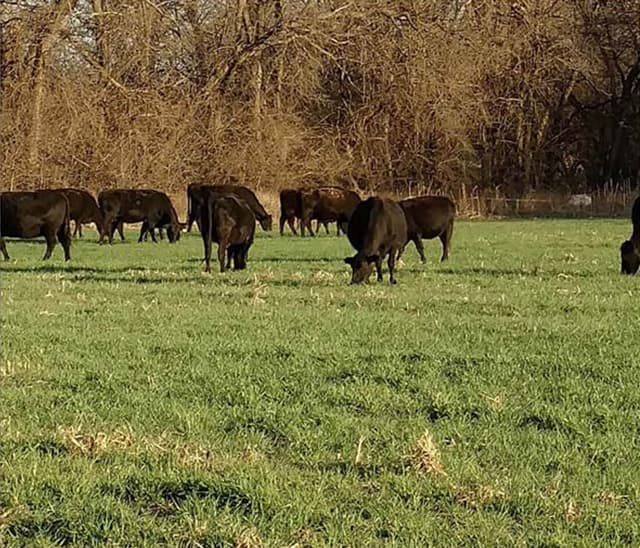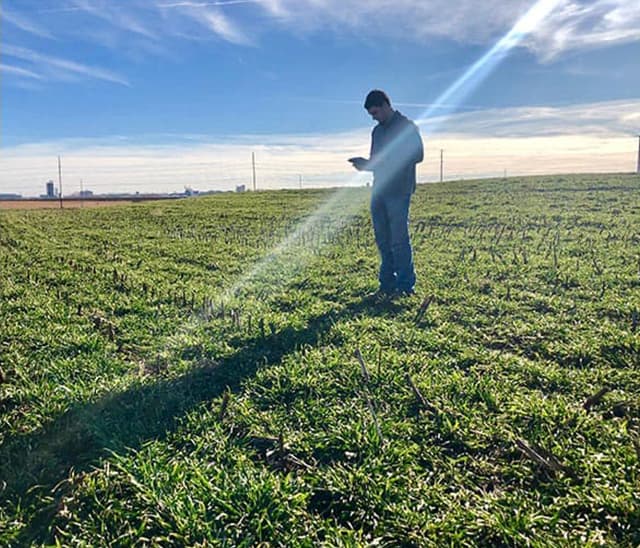PROTECT YOUR SOILS WITH OPTIMAL COVER
When living roots are continually in the soil, it provides many benefits for soil health and the environment. Cover crops are proven to prevent erosion, improve soil structure, increase organic matter, suppress weeds, increase moisture and nutrients in the soil, and more. Mid-West Fertilizer has formulated fall and summer cover crop seed mixes that provide numerous management options. Contact one of our strategic account managers or your nearest Mid-West Fertilizer location to learn more.
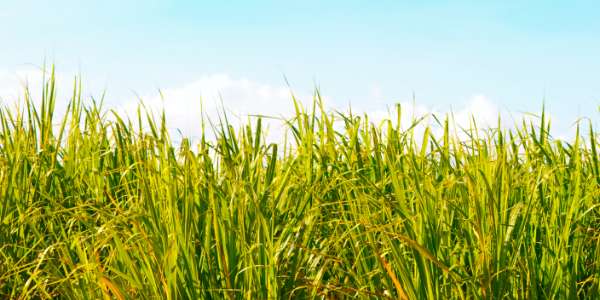
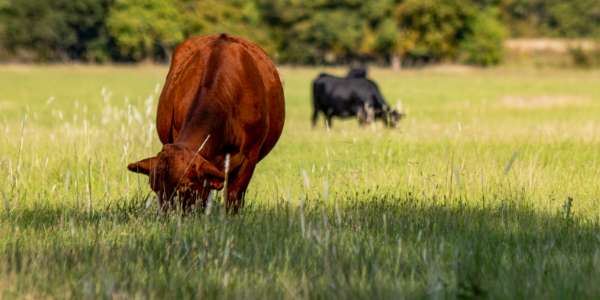

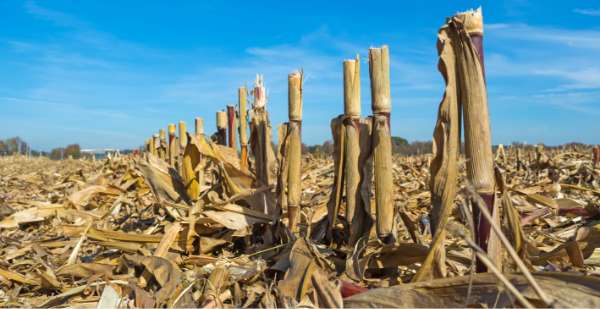
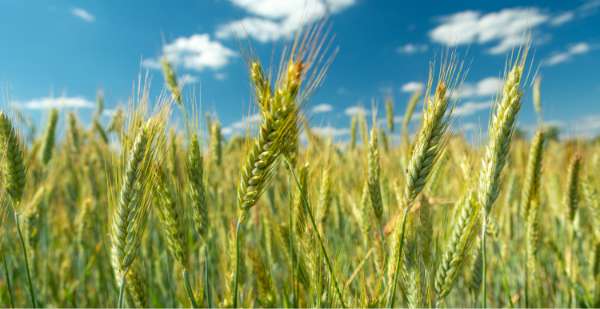
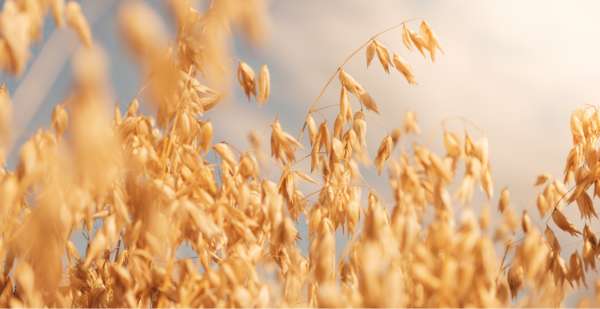
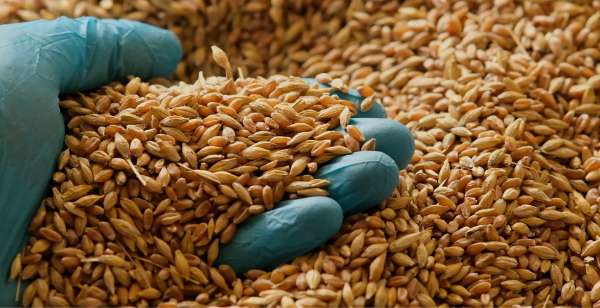
.jpeg)

